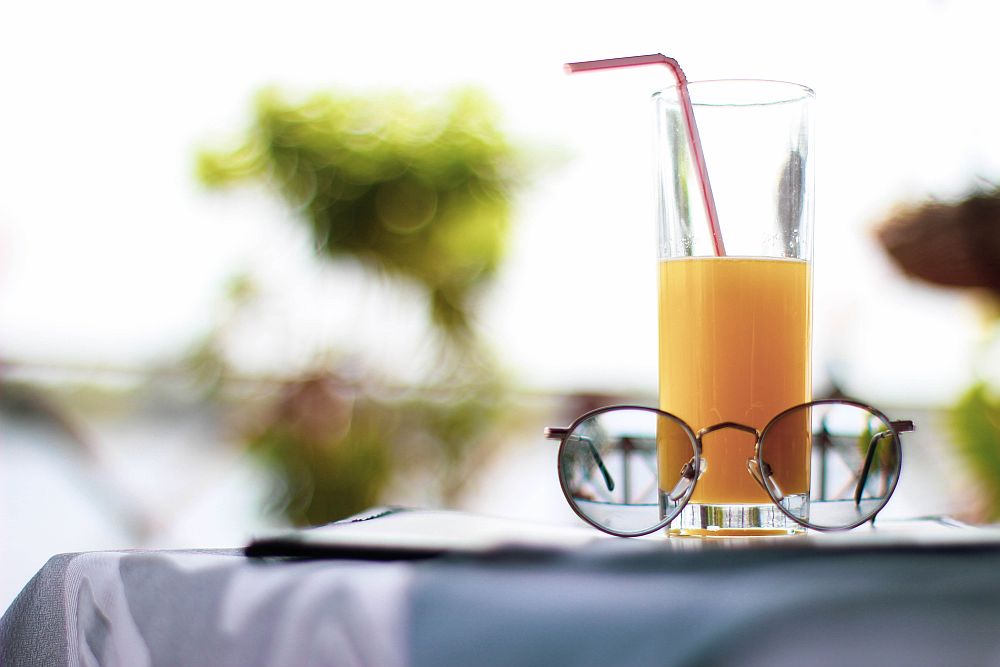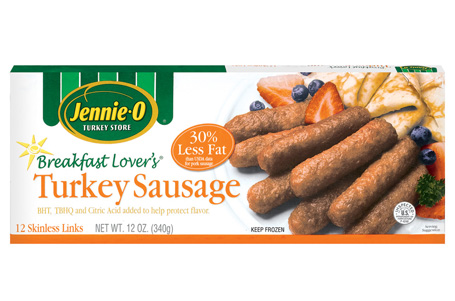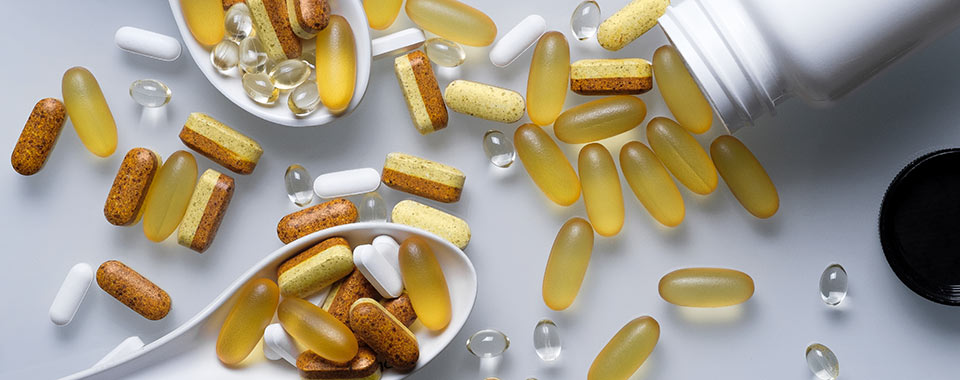In Part 1, we talked about how sugar derails your plans to reduce triglycerides.
Sugary stuff – drinks, snacks and fruit juices are the top causes for high triglycerides.
Average annual soda consumption in America is more than 40 gallons
We drink almost a gallon of soda every week.
Trivia: Who drinks the most soda? Folks in Mississippi. They drink 82 gallons of soda per year. That’s a gallon and a half per week. Not surprisingly, Mississippi has the highest triglycerides, diabetes and obesity.
Regardless, when your triglycerides go up, your doctor puts you on Lovaza.
If you’re lucky, your insurance covers Lovaza. I get emails everyday from folks whose insurance has stopped covering Lovaza. In which case, your out-of-pocket cost for Lovaza could be as high as $200 or more a month. (Cost verified at Albertsons Sav-On Pharmacy in January 2011)
The Tricky Places Where They Hide Sugar
I don’t eat most of that sugary, starchy stuff, you say. OK, then here is the scary part:
I was buying some turkey sausages the other day.
If you’ve been reading this blog for more than a couple of weeks, you know I can’t buy anything without reading the ingredients.
One brand of turkey sausage had dextrose. Another had corn syrup solids. And a third brand had high fructose corn syrup.
What the heck?! Can I get my turkey without sugar?! I left my Albertsons grocery store in disgust. And bought some real turkey sausages at Maddy’s Market, a healthy grocery store.
What’s sugar doing in my turkey sausages?
Taste. They take the fat out of meat products to make you think it is healthier. This makes it taste awful and dry. So to make up for that, food companies add sugar to make it taste better.
In food processor lingo, low fat = high sugar. Remember that the next time you buy something ‘low fat.’
Message to food processors: keep the sugar. Give me regular sausages – they’re better for me!
My point here is: watch out for hidden sugar in low-fat and fat-free foods. Sugar goes by many names.
Watch out for sugar masquerading as: |
|
|---|---|
|
|
All of these ingredients increase your triglycerides through de novo lipogenesis, a process we discussed briefly in Part 1.
These are all fancy words for sugar. We have more words for sugar than Inuits do for snow!
And if you look for them in the ingredients of your foods, you’re going to find them everywhere. The food industry term for this is ‘added sugar.’
Food ingredients are listed in decreasing amounts. Different types of sugars are added at varying levels. So they get buried far down the ingredients list.
Clever!
But if you add them all up, often, sugar becomes the #1 or #2 ingredient. All of a sudden, you have more sugar than turkey in a turkey sausage!
On average, Americans eat 22 teaspoons of added sugar every day. And the amount of ‘added sugar’ in your foods has gone up by almost 30% since 1983. (Yes, somebody actually tracks this stuff!)
Guess which types of foods have the most hidden sugars in them?
Low-fat foods.
And when your doctor sends you to a dietitian, which type of diet do they put you on?
You guessed it, low-fat diet with lots of low-fat foods.
And you wonder why your triglycerides and bad cholesterol are still so high.
De novo lipogenesis is the main reason why people who are put on low-fat diets end up with high triglycerides and cholesterol.
It must be frustrating for people who’ve suffered through low-fat diets to still end up with high triglycerides and cholesterol.
Fat is not the enemy – sugar is!
During the 1940s and 50s, when people still cooked with butter, lard and beef tallow but consumed very little sugar, triglycerides weren’t as out of control as they are today.
Civilization and technology has come a long way, but when it comes to food, all the hidden sugars in processed foods has really done us in.
* These statements have not been evaluated by the Food and Drug Administration. This product is not intended to diagnose, treat, cure, or prevent any disease.





Thank you for all the great information! I have been struggling with high triglycerides for over a year! At first they were so high they couldn’t be counted! Now, after fish oil, vitamins and diet change they are between 200 and 300! Still high! I don’t want to take stains and I already take fenofibrate! Think I might try receive yeast! Any suggestions?
Hi Shalina – i have not heard of active yeast making a impact on triglyceride levels. Reducing sugar/starch and increasing exercise are your best bets.